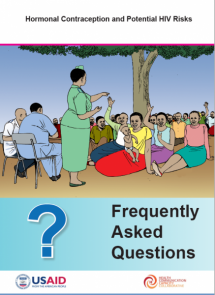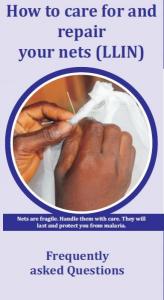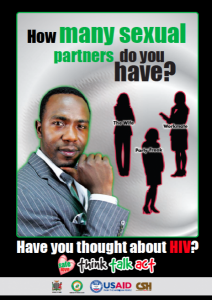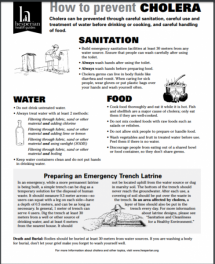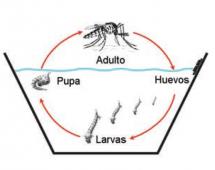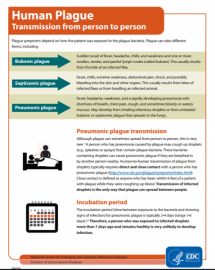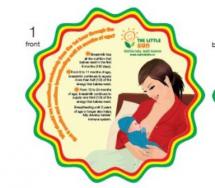Healthy Women of Ukraine Program
This brochure is from the Healthy Women of Ukraine (HWUP) program. The goal of HWUP, which runs from 2011-2016, is to protect the reproductive health of Ukrainian women and couples by increasing the appropriate and effective use of modern methods of contraception as an alternative to unintended pregnancy and associated abortion. HWUP was a follow-on project to an earlier program, Together for Health, which ran from from 2006-2011.
Evaluation of the project thus far shows the following;
- 7.8 million Ukrainians have been reached with the program’s messages
- More than 25,000 people, mainly youth, have participated in FP/RH education sessions
- 87% of education session participants plan to use modern family planning methods in the future
- The number of access points for family planning and reproductive services has increased more than 300% in HWUP partner oblasts
- More than 2,600 health care providers have been trained in modern family planning approaches and counseling
This brochure explains the goals of the program, specifically that HWUP will work with selected Ukrainian NGOs to strengthen their organizational capacity and support them in their efforts to change policies and population attitudes at the national and local levels. There is an explanation of each specific goal, an oblast roll-out schedule, and an explanation of the program’s geographical coverage. The attached file has both English and Ukrainian versions of the brochure.
Source: Healthy Women of Ukraine Program (HWUP)
Date of Publication: March 25, 2019
SIMILIAR RESOURCES
Tools
Examples
- The REPLACE Approach: Supporting Communities to End FGM
- Birth Spacing and Family Welfare Sermons
- How Businesses Can Invest in Women and Realize Returns
- Framework for Reopening Schools
- Lever les Tabous: La sexualité et les approches promouvant l’égalité des genres pour mettre fin aux unions et aux mariages d’enfants, précoces et forcés
- Accelerator Behaviors
- The Behavior Change Framework
- Prioritizing and Targeting SBC Investments for Youth
- Barrier Analysis Questionnaires
- Engaging the Private Sector in Maternal and Neonatal Health in Low and Middle Income Countries



